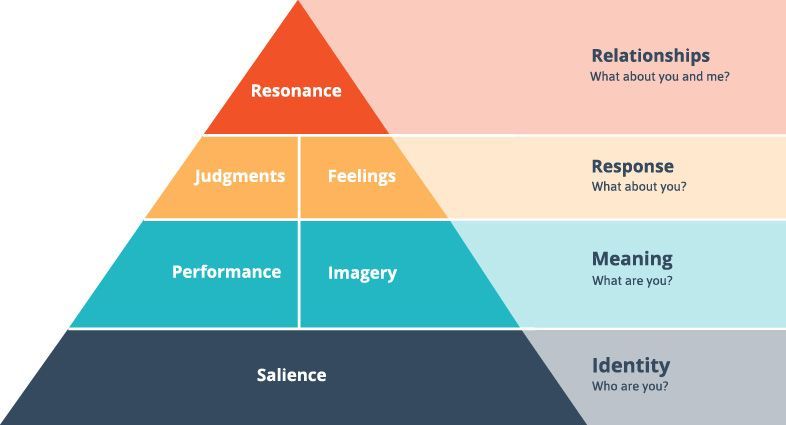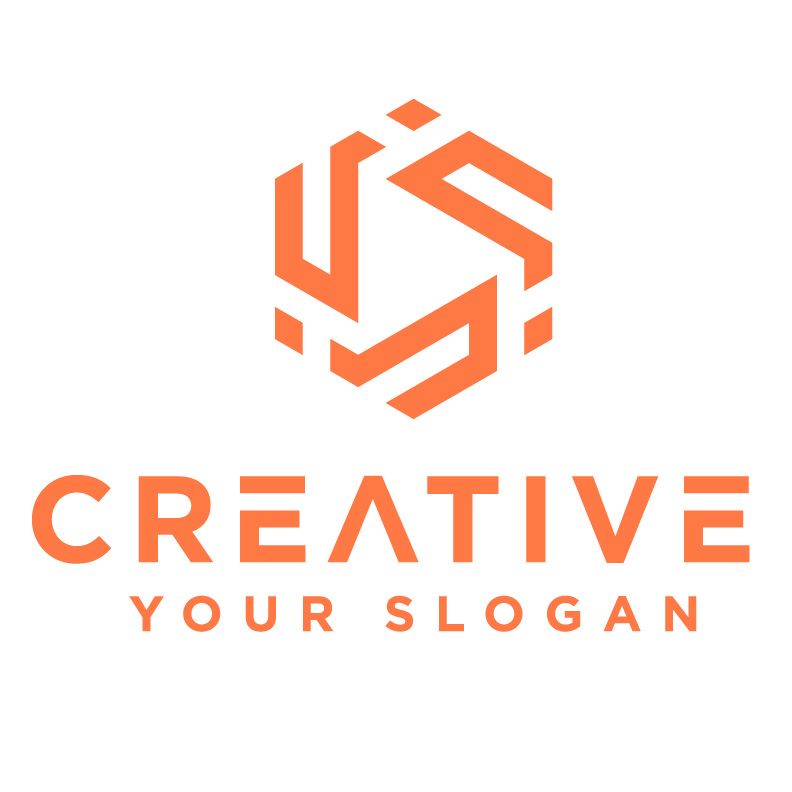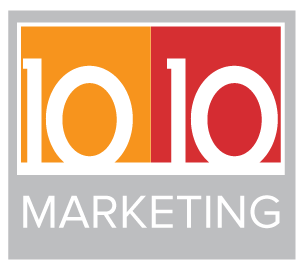Get in touch
202-629-8340
kimberly@tentenmarketing.com
Blog

October 11, 2024
When I worked in advertising sales for various media companies, I often heard phrases like, “We don’t do any advertising” or “We only rely on word of mouth.” But every time, I would look around and notice evidence to the contrary. There was usually a sign outside the door, flyers on the front desk, branded packaging, or even wrapped vehicles with the company logo. I had often already researched them on social media or seen their accounts before walking in, and many of these businesses participated in trade shows, using promotional materials. They were actively advertising and promoting—they just weren’t doing “traditional or digital advertising” as they understood it. Was it a budget thing? A misunderstanding of how “traditional or digital” advertising works? Or did they think it simply wasn’t effective? Word of mouth advertising is great (so long as the word is positive), but it has its limitations. Great PR that garners earned media coverage, and an engaging social media presence can also be valuable—but they won’t be effective if they’re only reaching your current audience. That’s where paid advertising comes in. Traditional and digital advertising are tried-and-true methods for increasing leads, gaining new customers, and raising brand awareness. It has been essential for decades and will likely remain so for years to come. However, before diving into advertising, business owners need to start by assessing their current position and setting a realistic budget. Key Considerations Before Starting Advertising & Promotion: 1. Know Your Audience - Who are you targeting? Age, income level, geographic location, interests—these details matter in defining your advertising strategy. 2. Choose the Right Medium - What media will allow you to reach your target audience most effectively? This could be anything from traditional media (print, radio, television) to digital channels (social media, email marketing, video ads). 3. Set a Budget - Advertising and promotion can be expensive. You must determine how much you can invest monthly. Can you afford a media mix to diversify your efforts? Ensure your budget accounts for testing and adjusting over time. 4. Commit to a Timeframe - Successful advertising takes time. Be prepared to commit six months to a year for any advertising method, evaluating its performance quarterly. Expecting an immediate 1000% return on investment is unrealistic. However, you should at least break even with a reasonable percentage return beyond that, depending on your objectives. 5. Track Performance - Have a way to measure your results. Are you gaining more awareness, sales, or leads? Tracking metrics will help you understand what’s working and where to pivot if needed. Questions to Ask Yourself: - Who is my target audience? (Age, income, geography, etc.) - What advertising methods will best reach this audience? - What is the monthly cost of each method? Can I afford to use more than one medium? - Can I commit six months to a year to my chosen strategy, with regular evaluations? - What is my total budget, and am I prepared to adjust my strategy if necessary? - Am I skilled at negotiating rates with media companies? - What are my goals? (Awareness, leads, sales, etc.) - Do I understand how to use both traditional and digital media effectively? - How strong are my public relations skills? Can I pitch stories to local media or write press releases? - What is the core message I want to communicate in my advertising? Planning and Strategy Effective advertising and promotion require thoughtful planning and execution. Start by answering these questions to draft an initial strategy. Your plan should be set on an annual basis, with quarterly evaluations. If something isn’t working, pivot—but give it enough time to show results before making major changes. Advertising may take time and investment, but with a well-structured plan, it’s one of the most powerful tools for growing your business.

October 10, 2024
While a recognizable visual identity is crucial for any business, it's important to understand that a logo is just one part of the bigger picture. So, what exactly is a brand? A brand is the *feeling* a consumer gets when they encounter your company—whether through your name, logo, or trademark. Interesting, right? It’s not just about the visuals. This feeling is shaped by many factors: how the consumer is treated (customer service), the quality of your products or services, and whether your company is perceived as trustworthy or reliable. You could have the best-designed logo in the world, but if customers can’t rely on your business, your brand won't succeed. It’s also important to consider the messages you send on social media—are you consistent across all platforms? Branding is more than just logos, packaging, or advertising. These design elements serve to reinforce the internal processes and values of your business. To build a strong brand, start with a clear mission or purpose statement, and make sure your actions align with it. Ensure your customer service and the quality of your products or services are exceptional. Be proactive in addressing any negative feedback on social media, and resolve issues promptly. No business is perfect, and mistakes will happen—what truly matters is how you respond.

October 9, 2024
Whether you're launching a new business or revamping an established one, there often comes a point when you need a new logo to enhance your company's visual identity. But for many business owners, the process can feel overwhelming—where do you even start? Some may have a rough idea but need a creative agency to bring that vision to life. This article will guide you through the early stages, giving you the tools to effectively communicate with a design firm and make the process smoother. Your logo is an essential part of your brand identity, and partnering with a creative agency can help transform your ideas into a visual representation of your business. But first, you need to be clear on a few things before your design process begins. Below are key considerations you should think about, as these are what any professional design team will ask you to define. 1. What is Your Company’s Mission? Start by sharing your company’s mission statement or core purpose. This helps the design team understand your business, its goals, and the target audience. A strong mission gives context to your visual identity and ensures the logo reflects your business values. 2. What Emotions Do You Want to Evoke? Your logo should connect emotionally with your customers. When people think of your brand, what do you want them to feel? Whether it’s fun, elegant, smart, or modern, expressing this to your creative team is crucial for them to capture the right mood and tone for your logo. 3. What Colors Represent Your Brand? If you have an existing logo, consider whether you're open to tweaking your color scheme or want to start fresh. If you don’t have a logo yet, think about colors that resonate with you and your brand's personality. Keep in mind that certain colors evoke specific feelings, so make sure the palette aligns with the emotions you want your customers to experience. Be open to suggestions from the design team, as they may propose colors that better reflect your brand vision. 4. What Type of Logo Are You Looking For? Do you want a wordmark, a symbol, or a combination of both? While you might have a preference, be open to exploring different styles. A good creative agency will guide you through the options and may suggest a direction that better suits your overall branding. 5. Do You Have a Tagline? A tagline can complement your logo, especially if your brand name doesn't immediately convey what your company does. If you don’t have one, a creative agency can help you develop a tagline that resonates with your audience and enhances your brand message. Final Thoughts Your logo is just one part of your brand, but it's a critical piece that can make your business memorable. By preparing thoughtful answers to these questions, you'll give your creative team the direction they need to build a logo that truly represents your company. If you're ready to create or refresh your logo, reach out to 1010 Marketing for expert guidance!
Let’s talk about your project.
CONNECT WITH US
Complete the form to the right to schedule a meeting.
Thank you for contacting us.We will get back to you as soon as possible.
Oops, there was an error sending your message.Please try again later.

